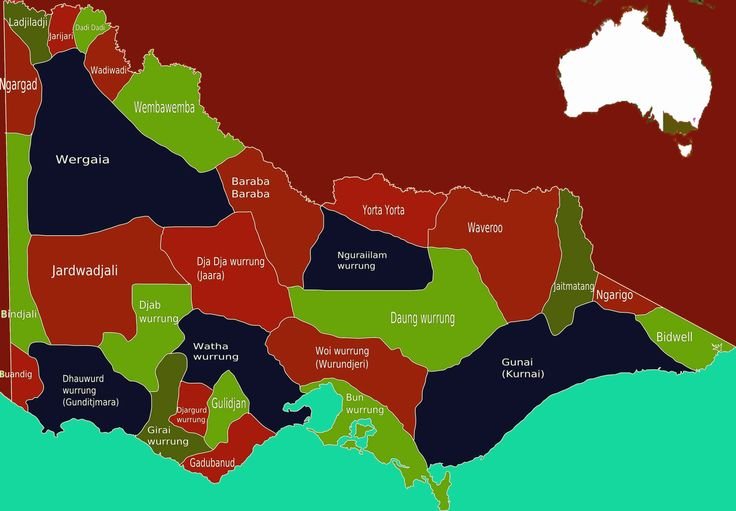MELBOURNE, AUSTRALIA – Melbourne’s Lord Mayor, Nicholas Reece, has advocated for the adoption of a First Nations seasonal calendar, arguing that it better reflects the city’s climate patterns than the traditional four-season calendar.
Reece: ‘It makes a bit more sense’ In an interview with 3AW, Reece suggested that the six-season Wurundjeri calendar, used by the region’s Indigenous people, is more representative of Melbourne’s seasonal transitions.
The calendar includes `Biderap` (dry summer), `Luk` (wet summer), `Waring` (early winter), `Gannawarra` (deep winter), `Guling` (early spring), and `Porneet` (true spring).
Reece argued that the traditional four-season calendar, which originated in Northern Europe, does not accurately reflect Melbourne’s weather patterns.

“When you think about it, it makes sense,” he said, citing the Wurundjeri calendar’s ability to distinguish between a wet and dry summer and winter.
Wurundjeri Seasons: A More Accurate Reflection of Melbourne’s Climate According to Wurundjeri woman Jacqui Wandin, the First Nations seasons more effectively “signify change” and offer a deeper understanding of the environment.
For example, during `Biderap`, temperatures in Melbourne soar, while `Waring` marks the coldest months of the year, when wombats leave their burrows to forage for food.
The concept of incorporating First Nations seasons into Melbourne’s calendar emerged from the Melbourne 2050 Summit, which explored the city’s potential development over the next 25 years.
Reece’s comments have sparked a renewed interest in embracing Indigenous knowledge and perspectives in understanding the city’s climate and environment.
The Melbourne community is urged to learn more about the Wurundjeri seasonal calendar and its relevance to the city’s climate.
By embracing First Nations knowledge, Melbourne can work towards a deeper understanding and appreciation of its environment and rich cultural heritage.

